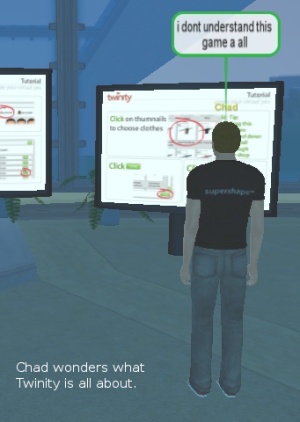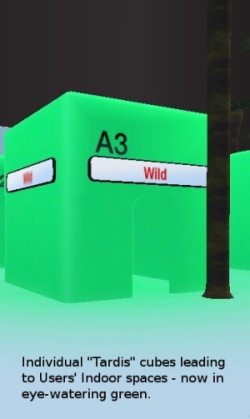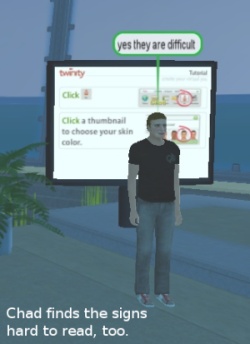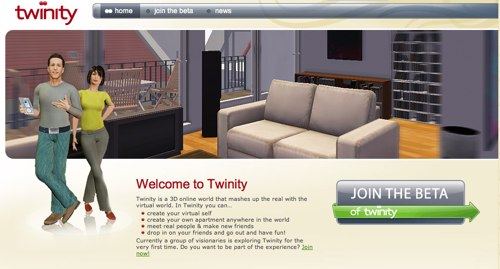According to the indefatigable Andrew Peters, mirror world Twinity has reached the landmark of fifty thousand beta users.
That’s certainly a good critical mass of users, and it comes on top of a big week for Twinity. The Singapore Government has awarded funding via its Media Development Office to Twinity developers Metaversum. The funds are to create a virtual Singapore with geo-tagging and geo-located media streaming. It’s certainly a show of faith in Twinity.
We’d love to hear from any Australian users that make up those fifty thousand beta-testers. How are you finding it so far?




Recent Comments